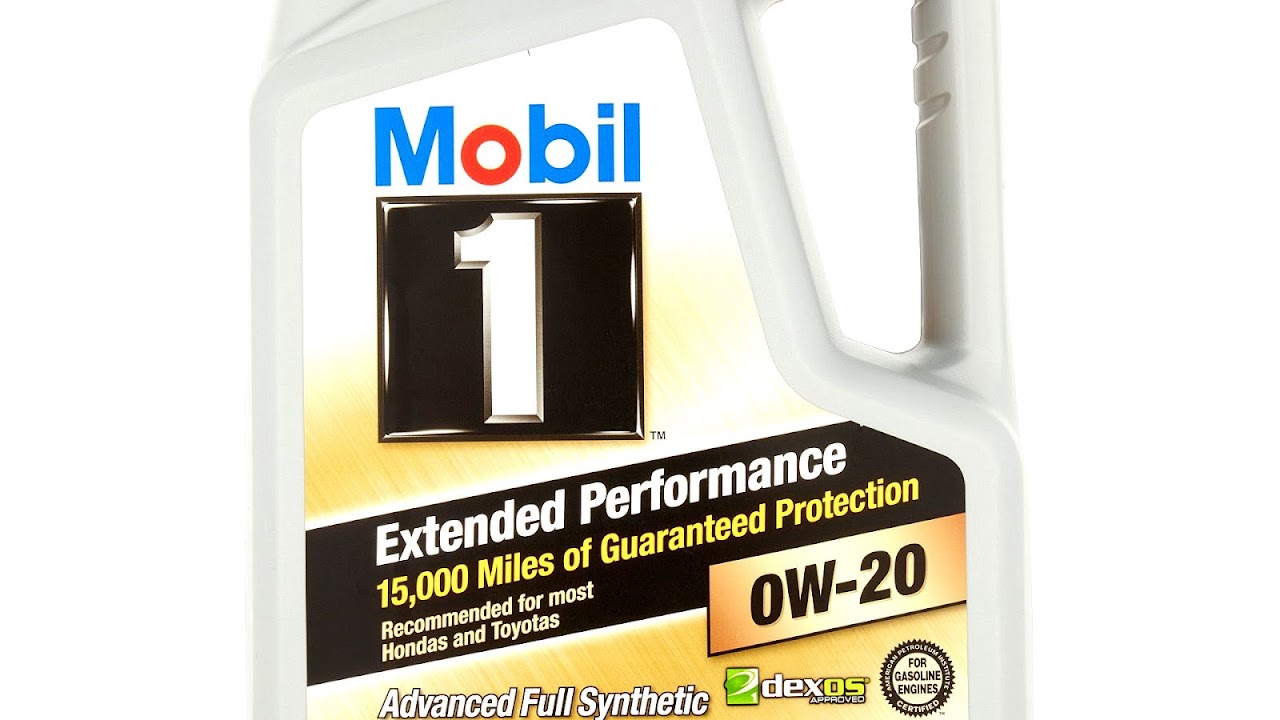
Synthetic oil is a lubricant consisting of chemical compounds that are artificially made. Synthetic lubricants can be manufactured using chemically modified petroleum components rather than whole crude oil, but can also be synthesized from other raw materials.
Synthetic oil is used as a substitute for petroleum-refined oils when operating in extreme temperature. Aircraft jet engines, for example, require the use of synthetic oils, whereas aircraft piston engines do not. Synthetic oils are also used in metal stamping to provide environmental and other benefits when compared to conventional petroleum and animal-fat based products. These products are also referred to as "non-oil" or "oil free".

Maps, Directions, and Place Reviews
Types
Full
Some "synthetic" oil is made from Group III base stock, some from Group IV. Some from a blend of the two. Mobil sued Castrol and Castrol prevailed in showing that their Group III base stock oil was changed enough that it qualified as full synthetic. Since then API has removed all references to Synthetic in their documentation regarding standards. "Full synthetic" is a marketing term and is not a measurable quality.
Group IV: PAO
Poly-alpha-olefin (or poly-?-olefin, abbreviated as PAO) is a polymer made by polymerizing an alpha-olefin. They are designated at API Group IV and are a 100% synthetic chemical compound. It is a specific type of olefin (organic) that is used as a base stock in the production of some synthetic lubricants. An alpha-olefin (or ?-olefin) is an alkene where the carbon-carbon double bond starts at the ?-carbon atom, i.e. the double bond is between the #1 and #2 carbons in the molecule.
Group V: Other Synthetics
Group V base oils are defined by API as any other type of oil other than mineral oils or PAO lubricants.
Esters are the most famous synthetics in Group V, which are 100% Synthetic chemical compounds consisting of a carbonyl adjacent to an ether linkage. They are derived by reacting an oxoacid with a hydroxyl compound such as an alcohol or phenol. Esters are usually derived from an inorganic acid or organic acid in which at least one -OH (hydroxyl) group is replaced by an -O-alkyl (alkoxy) group, most commonly from carboxylic acids and alcohols. That is to say, esters are formed by condensing an acid with an alcohol.
Many chemically different "esters" due to their usually excellent lubricity are used for various reasons as either "additives" or "base stocks" for lubricants.
Semi-synthetic oil
Semi-synthetic oils (also called "synthetic blends") are a mixture of mineral oil and synthetic oil, which are engineered to have many of the benefits of full synthetic oil without the cost. Motul introduced the first semi-synthetic motor oil in 1966.
Lubricants that have synthetic base stocks even lower than 30% but with high-performance additives consisting of esters can also be considered synthetic lubricants. In general, the ratio of the synthetic base stock is used to define commodity codes among the customs declarations of tax purposes.
Other base stocks help semi-synthetic lubricants
API Group II- and API Group III-type base stocks help to formulate more economic-type semi-synthetic lubricants. API Group I-, II-, II+-, and III-type mineral-base oil stocks are widely used in combination with additive packages, performance packages, and ester and/or API Group IV poly-alpha-olefins in order to formulate semi-synthetic-based lubricants. API Group III base oils are sometimes considered Fully synthetic, but they are still classified as highest-top-level mineral-base stocks. A Synthetic or Synthesized material is one that is produced by combining or building individual units into a unified entry. Synthetic base stocks as described above are man-made and tailored to have a controlled molecular structure with predictable properties, unlike mineral base oils, which are complex mixtures of naturally occurring hydrocarbons and paraffins.
Price Of Full Synthetic Oil Change Video
Performance
The advantages of using synthetic motor oils include:
- Better low- and high-temperature viscosity performance at service temperature extremes
- Better (higher) Viscosity Index (VI)
- Better chemical and shear stability
- Decreased evaporative loss, , ,
- Resistance to oxidation, thermal breakdown, and oil sludge problems
- Extended drain intervals, with the environmental benefit of less used oil waste generated
- Better lubrication during extreme cold weather starts
- Possibly a longer engine life
- Superior protection against "ash" and other deposit formation in engine hot spots (in particular in turbochargers and superchargers) for less oil burnoff and reduced chances of damaging oil passageway clogging.
- Increased horsepower and torque due to less initial drag on engine [Technically incorrect; truth is merely "less decreased horsepower and torque..."]
- Improved fuel efficiency - from 1.8% to up to 5% has been documented in fleet tests
However synthetic motor oils are substantially more expensive (per volume) than mineral oils and have potential decomposition problems in certain chemical environments (predominantly in industrial use).
Oil needs to be changed because it gets contaminated with combustion by-products that accumulate at about the same rate regardless of oil type.
Source of the article : Wikipedia


EmoticonEmoticon